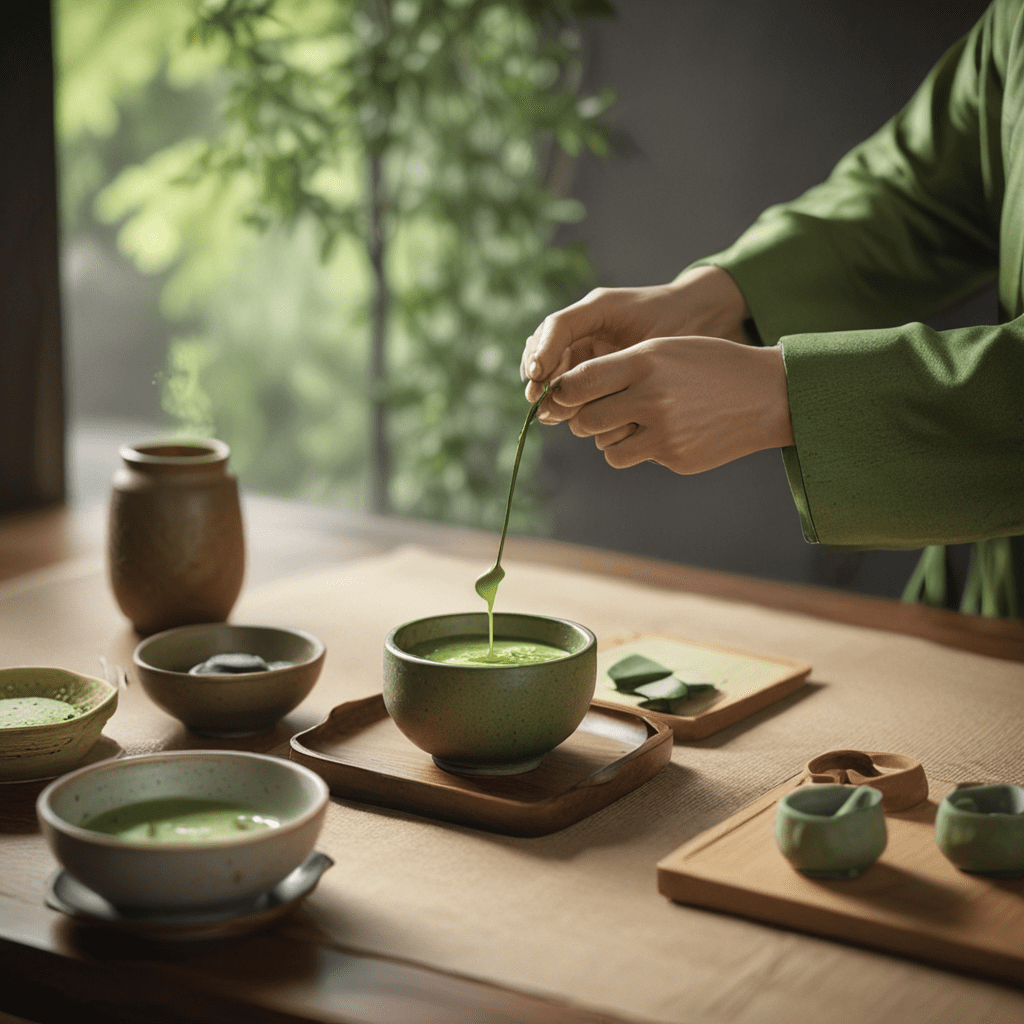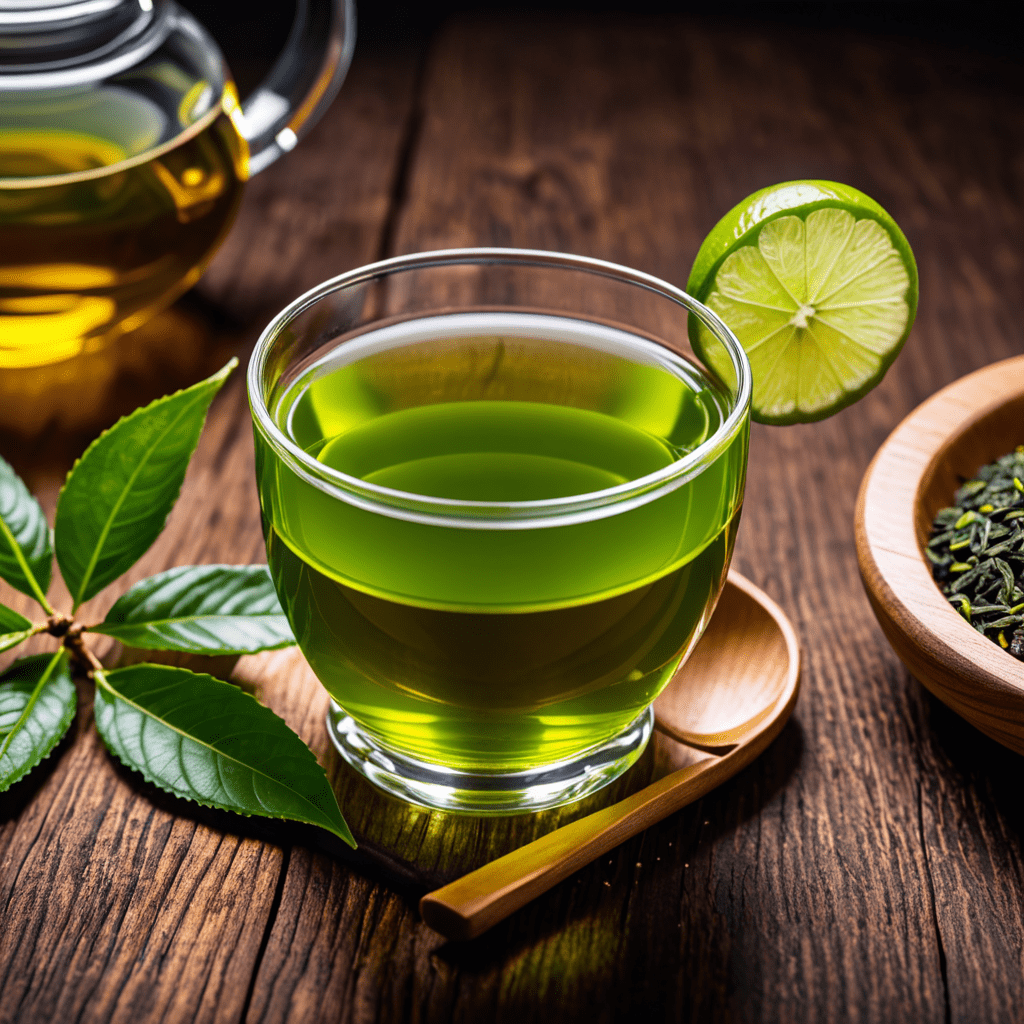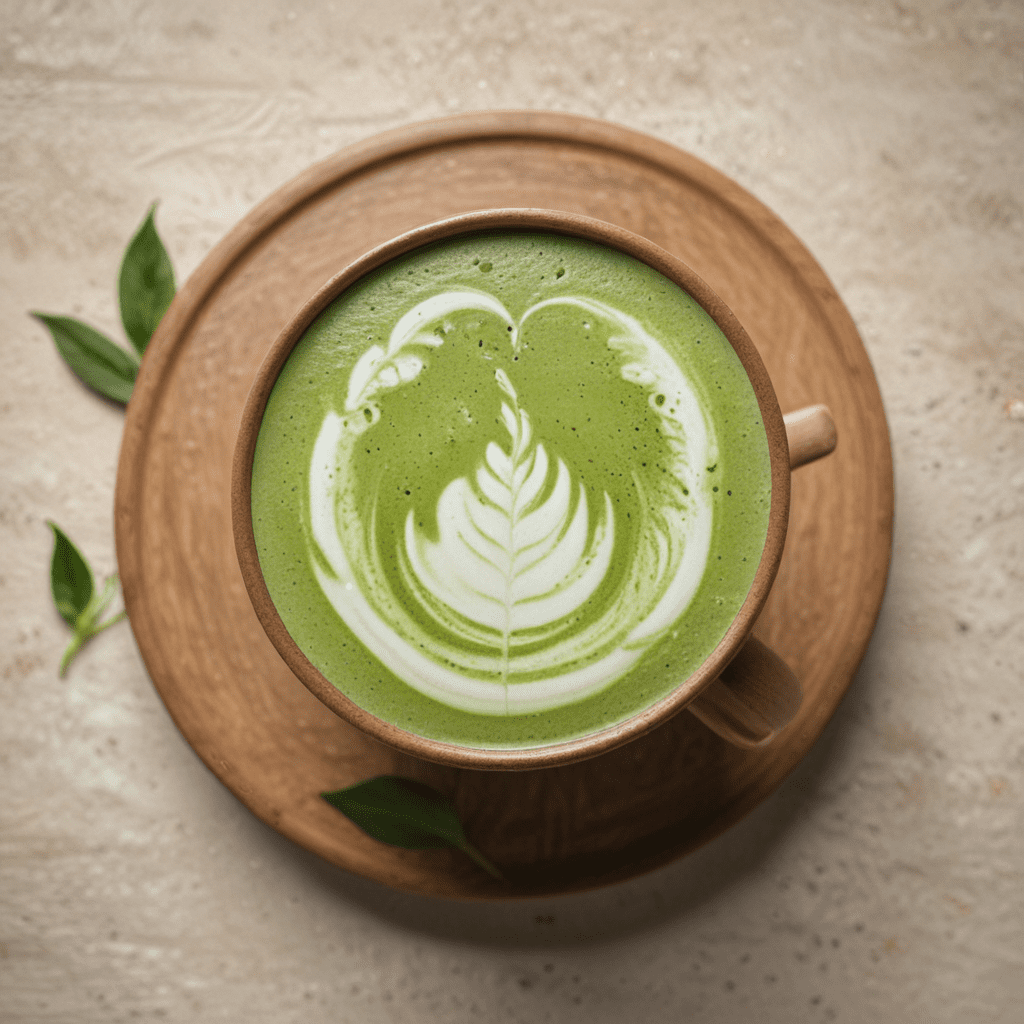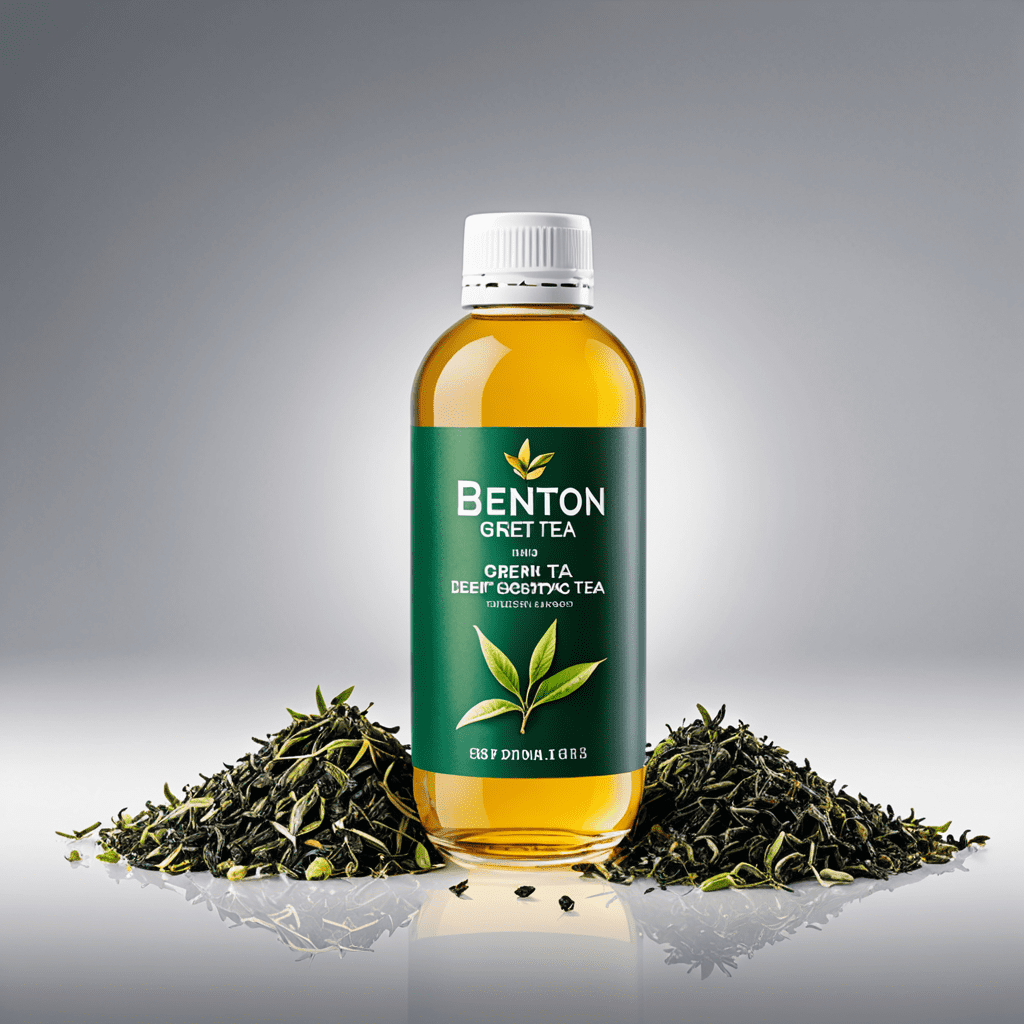
Introduction: The Significance of Matcha Tea Ceremony
In the realm of Japanese tradition, the matcha tea ceremony holds a revered place, steeped in centuries of cultural and aesthetic refinement. It transcends mere beverage preparation and elevates tea drinking into an elaborate ritual infused with profound spiritual and philosophical principles. Embracing the matcha tea ceremony etiquette unveils the gateway to understanding its multifaceted significance and unlocking a truly enriching experience.
Entering the Tea Room: Formal Bow and Removal of Footwear
As you approach the tea room, the serene and minimalist ambiance sets the tone for the ritualistic journey ahead. Etiquette dictates a formal bow upon entering, honoring the sacred space and its inherent tranquility. This gesture signifies respect for the host and the ancient tradition they embody. Before stepping onto the tatami mats, it is customary to remove footwear, leaving behind the distractions of the outside world. This act symbolizes purification and a heightened awareness as you prepare to immerse yourself in the tea ceremony's meditative essence.
Purifying Rituals: Washing of Hands and Purification of Tea Utensils
Before the tea preparation begins, it is essential to engage in the symbolic purification rituals that cleanse both the participants and the tea utensils. Approaching the tsukubai, a stone basin brimming with fresh water, guests perform the temizu purification ritual. The intricate gestures of washing hands and rinsing the mouth represent a spiritual cleansing, ridding oneself of impurities and preparing the mind and body for the serene experience to come. Similarly, the host purifies the tea utensils with meticulous care, ensuring their ritual cleanliness and enhancing the appreciation of the matcha's delicate flavors.
The Host's Preparation: Grinding and Whisking the Matcha
As the host begins the tea preparation, guests attentively observe the graceful movements and precise techniques that have been passed down through generations. The matcha powder, finely ground from premium green tea leaves, is carefully measured into a chawan, a simple ceramic bowl. With a bamboo whisk, known as a chasen, the host whisks the matcha vigorously in a fluid motion, creating a frothy and vibrant concoction that embodies the essence of the ceremony. The rhythmic sound of the whisk against the bowl adds to the meditative ambiance, enveloping the tea room in a soothing tranquility.
Serving the Tea: Proper Hand Gestures and Etiquette
The host presents the freshly whisked matcha to each guest with graceful hand gestures that symbolize reverence and hospitality. Using both hands, the host offers the tea bowl, ensuring that it faces the guest. Guests receive the tea with respectful hands, placing them carefully on the bowl's rim. The simple act of receiving the tea becomes a moment of profound gratitude and connection, acknowledging the host's artistry and the shared spiritual experience.
Receiving the Tea: Accepting and Sipping the Matcha
As you receive the tea bowl, appreciate its simple yet elegant aesthetics. Before taking your first sip, turn the bowl slightly to avoid drinking directly from the spot where the host whisked the matcha. Gently lift the bowl to your lips and savor the first sip, allowing the vibrant flavors to awaken your senses. The slight bitterness initially encountered transforms into a lingering sweetness, capturing the essence of the ceremonial grade matcha.
Appreciating the Flavor and Aroma: Savoring the Experience
The matcha tea ceremony transcends mere consumption; it is a sensory journey that invites you to engage all your senses. Allow the delicate flavor of matcha to linger on your palate, appreciating its umami notes and the subtle grassy undertones. Inhale the fragrant aroma that permeates the air, evoking a sense of tranquility and serenity. Each sip becomes a meditative moment, fostering introspection and mindful appreciation of the present.
Sharing the Tea Bowl: Ritual of Passing and Cleansing
After savoring your tea, pass the bowl to the next guest with graceful gestures, ensuring that it remains facing them. This act of sharing reinforces the communal nature of the ceremony and embodies the spirit of hospitality and generosity. Before passing the bowl, use a wet cloth to gently wipe the rim, removing any remaining matcha and ensuring cleanliness for the next participant.
Cleaning the Tea Utensils: Etiquette and Symbolic Meaning
Once all guests have enjoyed the tea, the host meticulously cleans the tea utensils. This ritualistic cleansing symbolizes the purification of the mind and body, promoting a sense of renewal and closure to the ceremony. Each utensil is washed with precision and care, paying homage to the artistry and craftsmanship that went into their creation. The act of cleaning serves as a reminder of the ephemeral nature of the experience, encouraging guests to cherish the moment and appreciate its fleeting beauty.
Conclusion: Respecting Tradition and Fostering Connection
The matcha tea ceremony etiquette is an intricate tapestry of gestures, rituals, and symbolic meanings that have been passed down through generations. By adhering to these guidelines, participants honor tradition, cultivate mindfulness, and deepen their connection to the present moment. The ceremony fosters a sense of harmony and respect among guests, creating a profound and unforgettable experience that transcends the mere act of drinking tea. Whether you are a seasoned practitioner or a curious novice, embracing the etiquette of the matcha tea ceremony unlocks a world of cultural richness, spiritual insights, and unforgettable memories.
FAQs
Q: What is the proper attire for a matcha tea ceremony?
A: Traditional attire is preferred, but comfortable and respectful clothing is acceptable.
Q: Can I bring my own tea set to a ceremony?
A: It is customary to use the tea utensils provided by the host.
Q: Is it acceptable to talk during the ceremony?
A: Conversation is kept to a minimum to maintain a serene atmosphere.
Q: Can I take photos or videos during the ceremony?
A: Photography and videography are generally not permitted unless explicitly allowed by the host.
Q: Is there a specific way to hold the tea bowl?
A: Hold the bowl with both hands, placing your thumbs on the rim and your fingers supporting the bottom.


